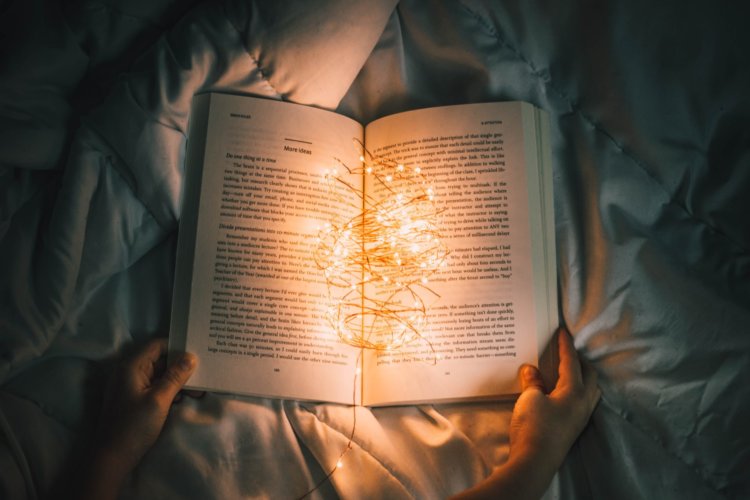Once upon a time in Brand Land
Stories surround us every day. But have you ever wondered why they’re so easy to remember?

Like many kids, my Dad used to tell my brother and I bedtime stories. First it was nursery rhymes and, as we grew older, we were introduced to the classics like the Faraway Tree, Snugglepot & Cuddlepie and all of Roald Dahl’s books. These books stand the test of time, as now some of my friends are introducing these characters to their kids.
But some of my fondest memories were the stories Dad told about Jane and Michael.
These were two fictional characters which, looking back, were inspired by us I presume. Dad made these stories up completely from the top of his head; however, every night he would pick up where he left off the previous evening and we would get the next instalment of Jane and Michael’s adventures.
Decades later, I can still recall some of their adventures. The same goes for those Roald Dahl books and the nursery rhymes … although that might be from pure over consumption after forcing my Dad, night after night, to read my nursery book cover to cover before I would go to sleep.
We all have memories we can recall better than others, but there’s actually scientific reasoning behind the power of storytelling.
When a person is presented with facts and figures, only one section of our brain – the Broca’s/Wernicke’s area – is activated. This is where language is processed and we decode words into meaning.
But when we’re told a story, things change dramatically.
Not only are the language processing parts activated, but multiple areas of the brain light up. If someone tells us how delicious certain foods were, our sensory cortex comes alive. If it’s about motion, our mortar cortex becomes active.
A story can bring the whole brain to life.
It’s no surprise that storytelling is one of our earliest forms of communication methods – right back to the earliest man. Indigenous Australians have used storytelling for generations to pass down their history from family to family, dating back thousands of years.
Whenever we hear a story, we naturally want to relate to it. We intuitively want to connect on a deeper level.
This is why Brand Storytelling is such a powerful tool. A brand is much more than a name or a logo; it’s about how those elements work together with tone of voice to resonate with an audience.
Throughout my career I’ve been passionate about engaging with audiences. Without the right messaging and the proper channels, your communication is getting lost. Worse, you could be connecting with all the wrong people.
That’s why Jack in the box is passionate about Brand Storytelling. Our holistic approach combines strategy and action, connecting the dots between your audience and organisation in a natural, authentic way. Chat to us if you’re interested in finding out more.
